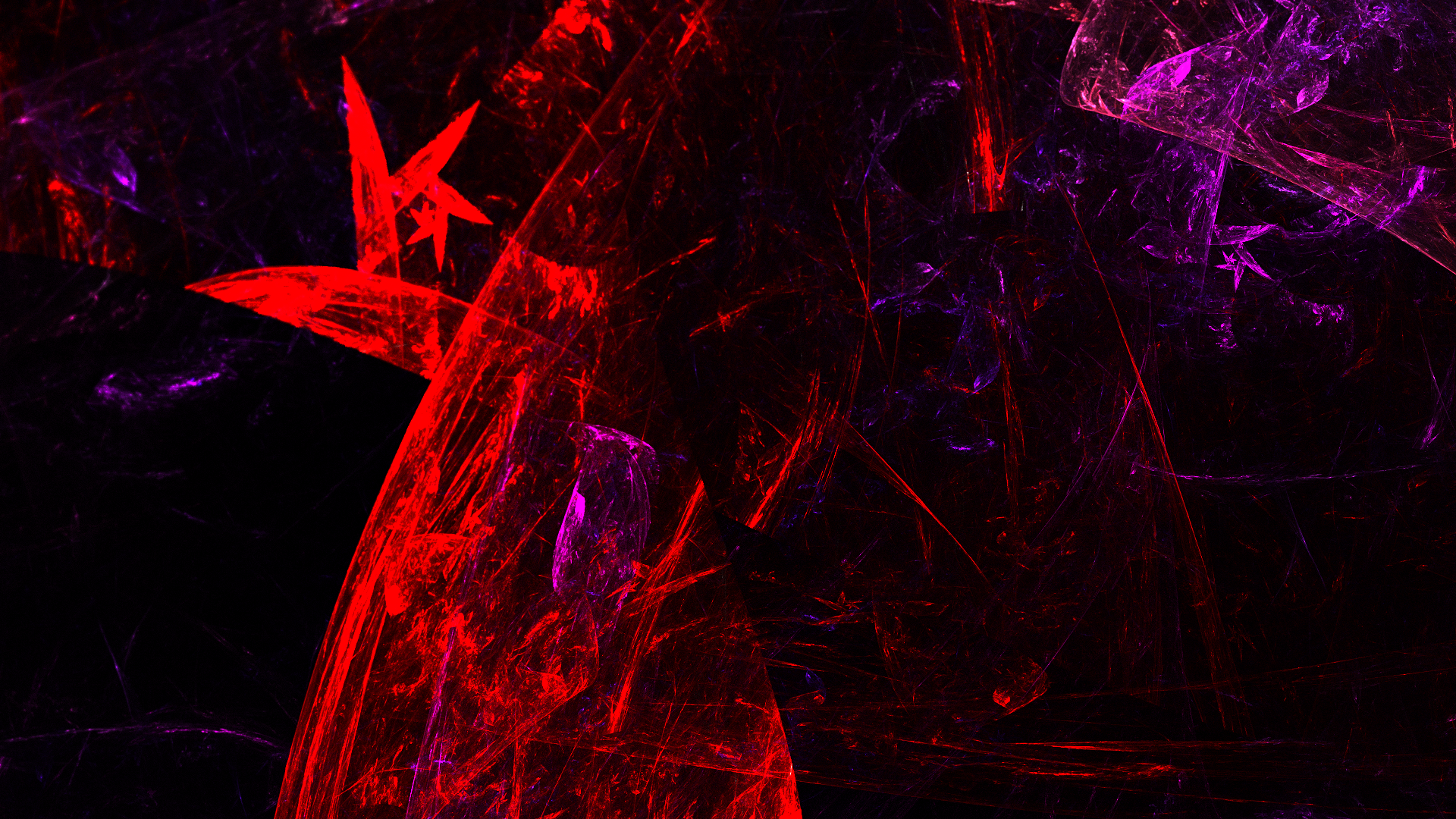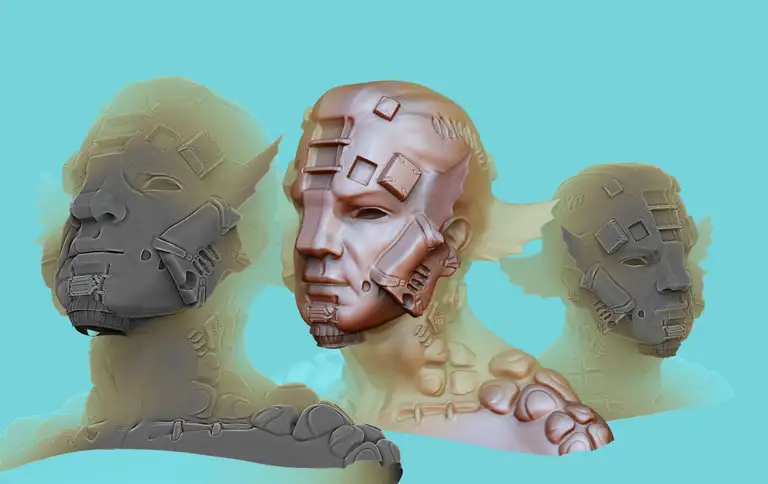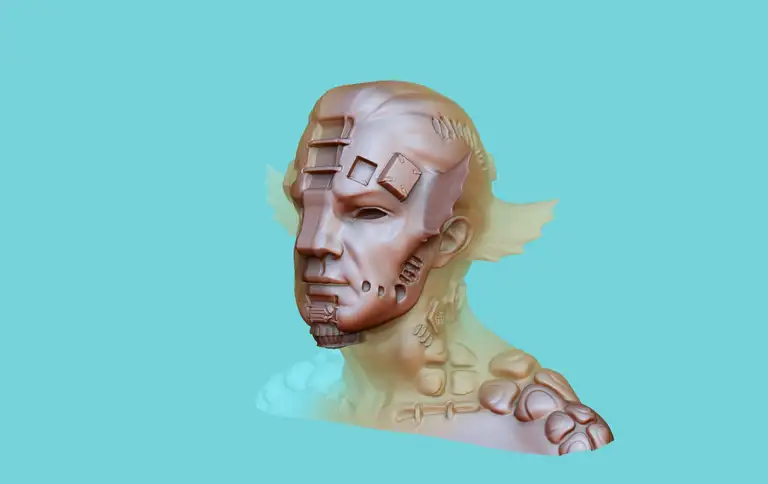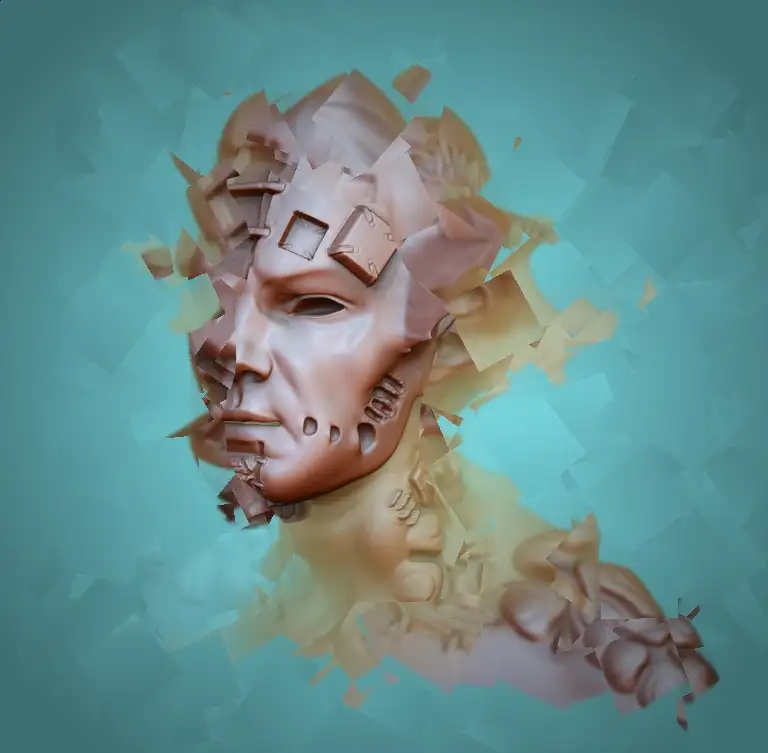Development of Information Theory and Perception of Art

The theory of art is a complex and elusive topic that has been debated for centuries. It is often said that it does not exist, or that it is impossible to define. However, the development of information theory has brought new insight into the nature of art and how we perceive it.
A unified theory of art, explaining the phenomenon itself, does not exist. At least not yet, and maybe there never be any. Why is that? And more importantly, is it even of issue?
Is Art Perception Different for Everybody?
Information theory and art theory may seem like two entirely different fields of study, but they both share a common ground - the creation of meaning. In the theory of information, meaning is created by the transmission of data (and its context), while in art, meaning is created by the artist's expression (and its context). But can these two concepts be reconciled, or are they fundamentally incompatible?
On the one hand, information theory provides a mathematical framework for measuring and quantifying meaning. It offers a way to objectively measure the amount of information contained in a work of art, which can be useful for analyzing patterns, trends, and other characteristics of art. However, art is not simply about conveying information; it is a complex and multi-dimensional form of expression that goes beyond mere data transmission.
On the other hand, the theory of art is concerned with the subjective experience of the viewer or listener. It acknowledges that meaning is created through personal interpretation and emotional response and that different people may derive different meanings from the same work of art. This aspect of art is difficult to quantify or measure, and it is not something that can be easily captured by information theory.
Nonetheless, the relationship between information theory and art creation is an intriguing topic that is worthy of further exploration.
Information Theory: Quantifying Art?
Information theory deals with the quantification, storage, and communication of information. It is based on the idea that information is a fundamental concept that underlies all human creations, including art. In this sense, art can be seen as a form of communication that conveys information from the artist to the viewer.
The postulates and definitions of art are not universally agreed upon. However, the use of artificial intelligence (AI) in art has brought new perspectives to the discussion. AI can be used to create art in a way that challenges traditional notions of creativity and authorship. The use of AI raises questions about the role of randomness versus creative control and the use of stable diffusion in the creation of art.
Digital artist Daniel Sandner creates experimental artworks, exploring the interconnectedness of information and perception with help of Machine Learning, Artificial Intelligence, Augmented and Virtual Reality (AR/VR).
The use of AI in art also raises questions about the perception of art. Is the perception of AI art different from that of traditional art? Does the fact that the art was created by a machine change the way we perceive it? These questions are complex and difficult to answer, but they demonstrate the evolving nature of the theory of art and how it is being shaped by new technologies and developments in information theory.
AI Art: Do Androids Finally Explain the Meaning of Art to Us?
The development of information theory has brought new insight into the nature of art and how we perceive it. While the theory of art remains elusive and difficult to define, the use of AI in art has opened up new perspectives and raised important questions about creativity, authorship, and perception.
As technology continues to evolve, the theory of art will likely continue to evolve as well, bringing new challenges and opportunities for artists, scientists, and thinkers.


